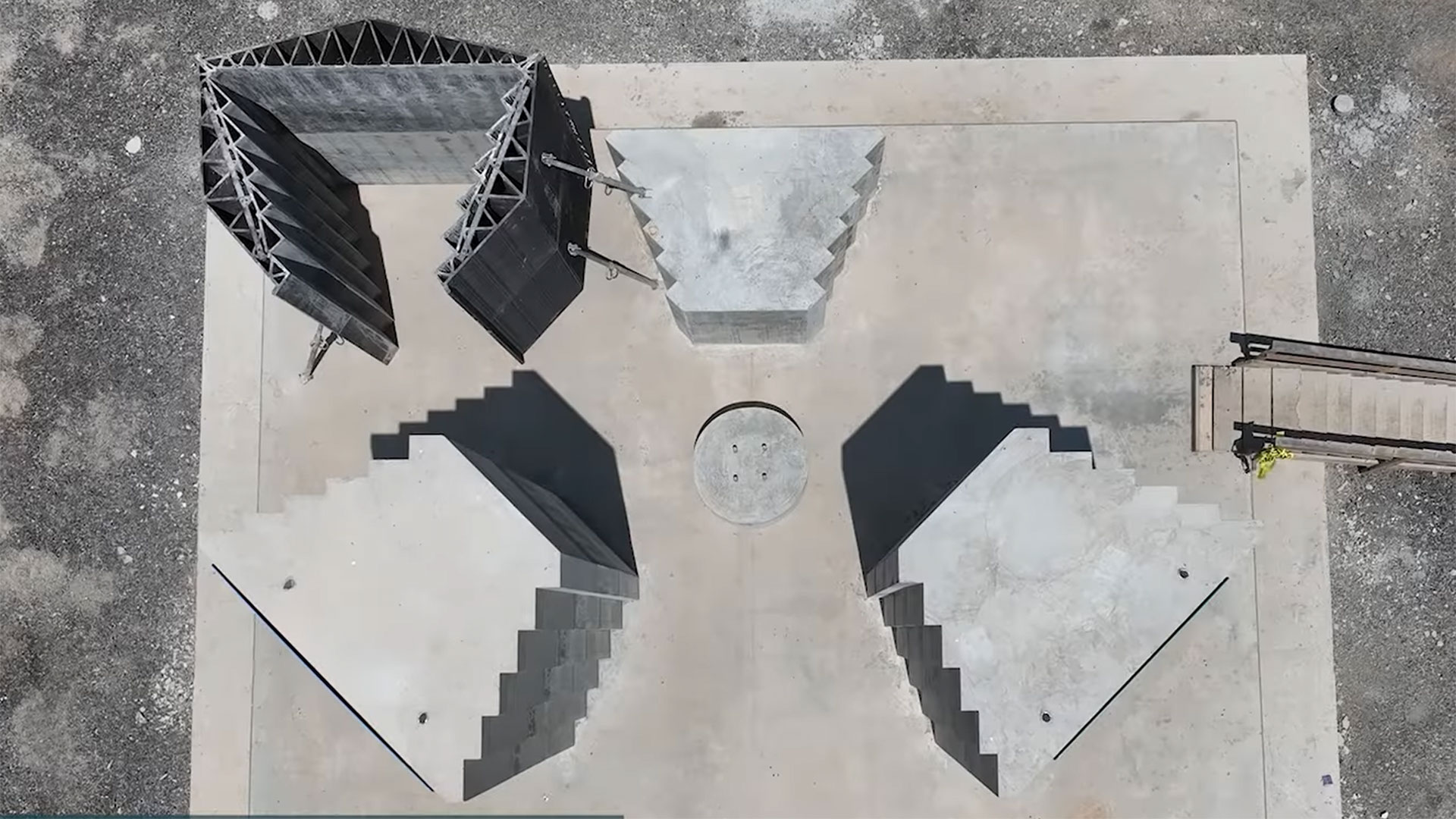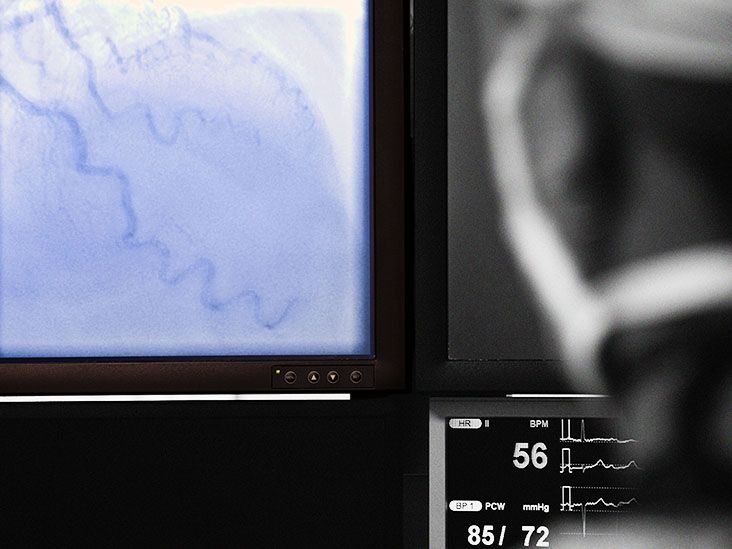
New signs found of giant gas planet in 'Earth's neighbourhood'
At four-and-a-half light years away, the lifeless planet would be a close neighbour to Earth in astronomical terms and could have moons that sustain life.
The potential planet was detected last year, but it had disappeared in follow-up observations. Astronomers must now look again to prove it definitely exists.
Scientists are particularly excited about this discovery because of the similarities between the exoplanet's star and our Sun.
"Four years is a long way but in galaxy terms, it's very close - it's in our neighbourhood," said Dr Carly Howett, associate professor of space instrumentation at the University of Oxford.
"It is around a star that is Sun-like and about the same temperature and brightness. That's really important if we want to think about habitable worlds," she added.
The planet would be similar to our solar system's gas giants, Saturn and Jupiter, and would be enveloped in a thick gas cloud.













